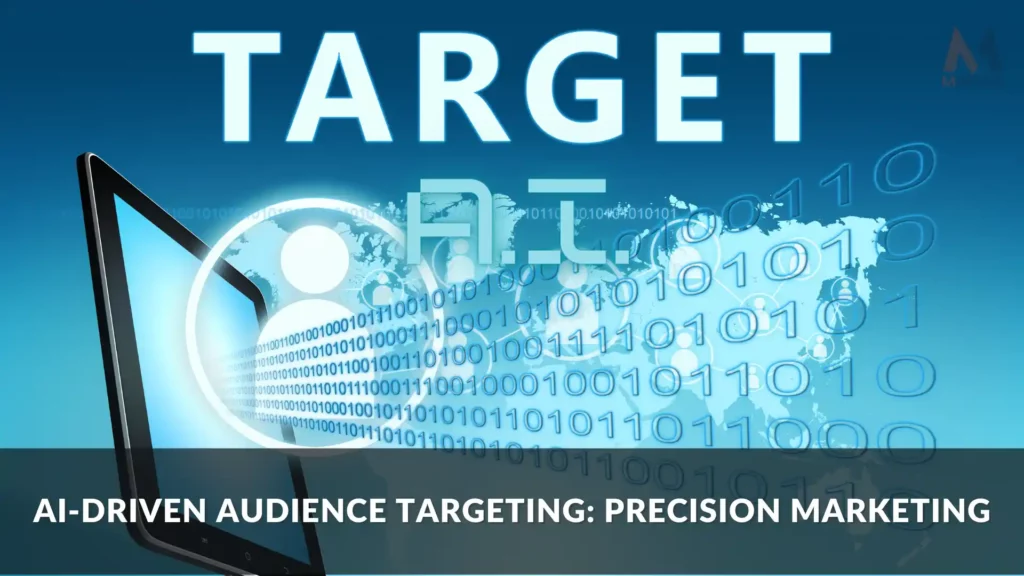AI-driven Audience Targeting: Precision Marketing
Learn About AI-driven Audience Targeting: Precision Marketing
Marketing success in the digital age requires more than just creative campaigns; it demands precision targeting and deep customer understanding.
AI-driven audience targeting has emerged as one of the most effective tools. Marketers leverage artificial intelligence (AI) and machine learning techniques to identify their AI target audience, segment them according to specific criteria, and craft engaging content tailored to each segment.
By equipping marketers with highly precise marketing technologies, AI-driven audience targeting allows organizations to optimize their efforts by focusing solely on those leads with the highest chance of conversion – resulting in an unprecedented level of accuracy when attempting to capture potential sales opportunities from any given market.
In this blog post, we’ll explore how AI-driven audience targeting enables precise marketing and how you can harness this powerful technology within your organization or business.
What is AI-driven Audience Targeting, and Why is it Important for Marketing

In today’s digital age, AI-driven Audience Targeting has become critical to any successful marketing strategy.
This cutting-edge technology uses machine learning to analyze vast amounts of data and identify the most relevant audiences for a product or service.
By leveraging this technology, companies can more precisely target their advertising campaigns, resulting in higher engagement rates, increased conversion rates, and improved returns on investment. The audience is better than what humans can do in a changing omnichannel environment. Also, use an audience AI checker if you are comfortable with the results.
With the vast data available, more than traditional manual targeting is required to ensure success in today’s competitive landscape. Thus, AI-driven Audience Targeting is quickly becoming a must-have for any business that wants to stay ahead of the curve.
AI-Driven Audience Targeting
How AI-Driven Audience Targeting Allows Marketers To Identify, Segment, And Engage With The Right Audience

Artificial intelligence has revolutionized how marketers identify and engage with their target audience.
AI-driven audience targeting helps marketers analyze vast sets of demographic, psychographic, and behavioral data and create customer personas based on the attributes that matter most.
This allows them to segment the audience and personalize their marketing messages to resonate with each segment’s unique needs and preferences. By leveraging machine learning algorithms, marketers can continually refine their targeting strategies and improve the ROI of their campaigns.
With AI-driven audience targeting, marketers can be sure they are reaching the right audience with the right message at the right time, which is crucial for success in today’s hyper-competitive digital landscape.
Definition of AI-driven Audience Targeting
AI-driven audience targeting refers to leveraging artificial intelligence (AI) and machine learning techniques to identify, segment, and engage with specific groups of potential customers based on their demographic, behavioral, geographic, and psychographic characteristics.
By utilizing AI algorithms, marketers can analyze vast amounts of data to create more accurate and personalized targeting strategies, leading to more relevant and engaging consumer experiences.
This approach enables businesses to optimize their marketing efforts, increase conversion rates, and improve advertising campaigns’ overall return on investment (ROI).
Importance of audience targeting in marketing and advertising

Audience targeting plays a crucial role in marketing and advertising for several reasons:
- Relevance: By targeting specific audience segments, marketers can deliver content, offers, and advertisements that are relevant and engaging to those consumers. This increases the likelihood of positive interactions, conversions, and customer loyalty.
- Efficiency: Audience targeting enables businesses to allocate their marketing budgets more efficiently by focusing on consumers most likely to respond to their campaigns. This approach minimizes wasted ad spending on uninterested or non-responsive audiences, maximizing the return on investment (ROI).
- Personalization: Targeting enables marketers to create personalized consumer experiences by tailoring messages, offers, and creatives based on individual preferences, needs, and behaviors. Personalization has improved customer satisfaction, brand loyalty, and conversion rates.
- Competitive advantage: Effective audience targeting allows businesses to differentiate themselves from competitors by identifying niche markets and tailoring their products, services, and messaging to meet the unique needs of those segments.
- Improved measurement and optimization: Targeting specific audiences allows marketers to gather more accurate and actionable data on campaign performance. This information can be used to optimize future marketing efforts, test new strategies, and continuously improve advertising outcomes.
- Enhanced customer experience: By delivering relevant content and advertisements to specific audience segments, marketers can create more meaningful and positive consumer experiences. This can increase satisfaction, brand affinity, and long-term customer relationships.
In summary, audience targeting is essential for businesses to maximize the effectiveness of their marketing and advertising efforts, increase ROI, and foster strong relationships with their customers.
Shifting from Lead Generation to Revenue Generation: A New Era for Marketing Managers
Unlocking 67% More Revenue: The Shift Every Marketing Manager Needs to Make
In today’s fast-paced digital landscape, marketing managers are bombarded with new strategies and tools claiming to revolutionize their approach. This statistic is not just a number—it’s a call to action for marketing leaders to reevaluate their strategies and realign their efforts with the bottom line. Schedule an appointment.
The Role of AI in Enhancing Audience Targeting

AI significantly enhances audience targeting by providing more accurate, efficient, and personalized approaches to identifying and engaging with consumers. Here are some key ways AI contributes to improved audience targeting:
- Data analysis at scale: AI algorithms can process and analyze vast amounts of data from multiple sources, uncovering patterns and insights that would be impossible for humans to detect manually. This enables marketers to make better-informed decisions about targeting strategies and identify audience segments more precisely.
- Predictive analytics: AI can predict consumer behavior and preferences by analyzing historical data and identifying trends. This helps marketers target potential customers more effectively by anticipating their needs, interests, and likelihood to convert.
- Audience segmentation: AI-driven clustering and classification algorithms can automatically segment consumers into distinct groups based on their similarities in demographics, behaviors, interests, and other factors. This enables more accurate and granular targeting, improving campaign performance and customer engagement.
- Personalization: AI can generate personalized content, offers, and advertisements in real time by analyzing individual consumer data and preferences. Natural language processing (NLP) and natural language generation (NLG) techniques allow for tailored messaging that resonates with consumers personally, driving higher engagement and conversion rates.
- Dynamic creative optimization: AI can automatically test and optimize different combinations of ad creatives, headlines, and other elements to identify the most effective version for each audience segment. This ensures consumers receive the most relevant and engaging ads, maximizing campaign performance.
- Real-time optimization: AI-driven targeting platforms can monitor real-time campaign performance, adjusting targeting and bidding strategies to maximize ROI. This allows for continuous improvement and adaptation to changing market conditions and consumer behaviors.
- Improved measurement and attribution: AI can help marketers better understand the impact of their targeting efforts by analyzing campaign performance data and providing insights into attribution and conversion paths. This enables a more accurate ROI assessment and data-driven decision-making for future campaigns.
By incorporating AI into audience targeting, marketers can achieve more precise segmentation, personalized experiences, and real-time optimization, leading to increased effectiveness, efficiency, and overall success in their marketing and advertising efforts.
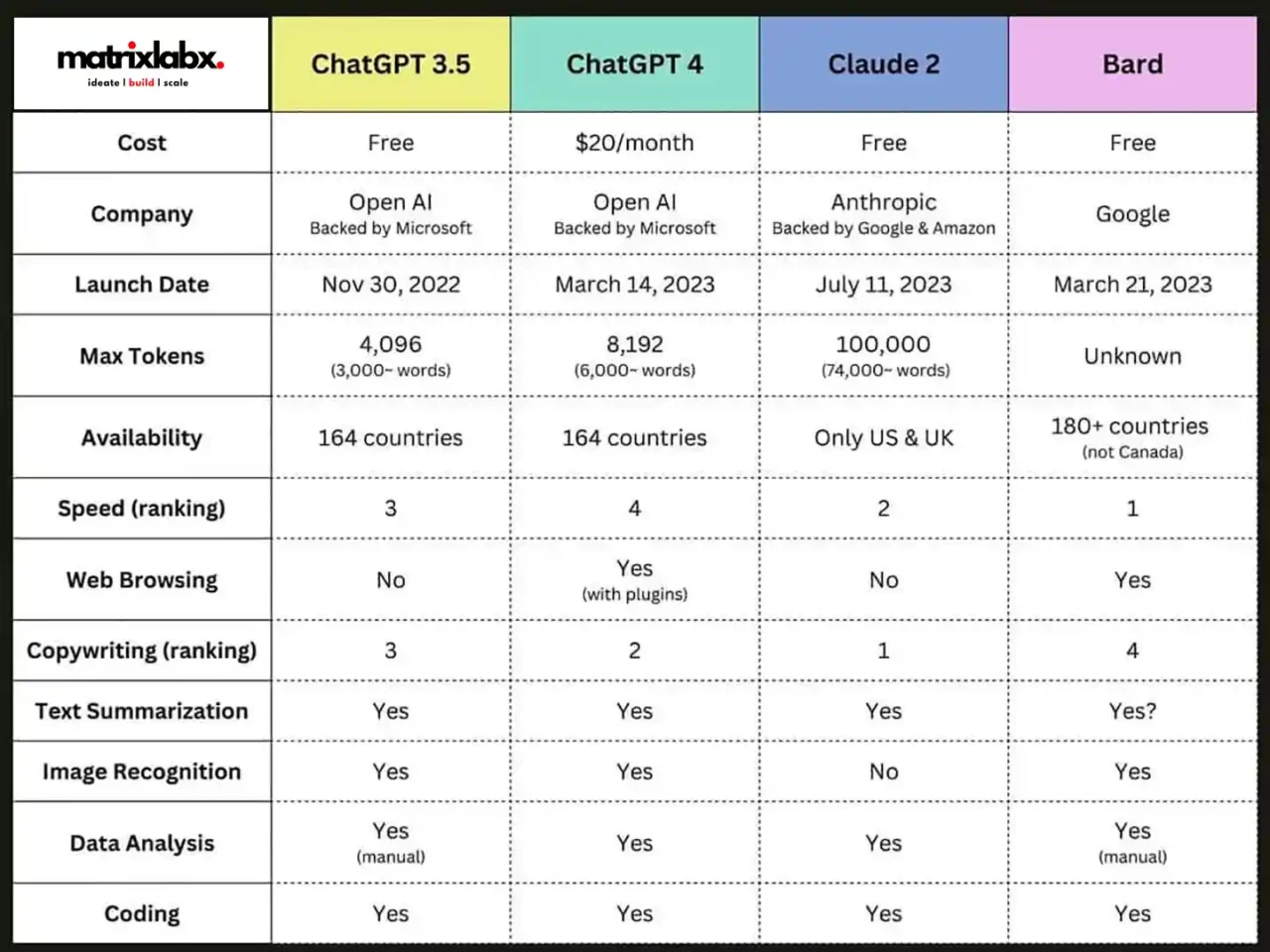
The Benefits Of Using AI-driven audience Targeting Include Precision Targeting And Cost Efficiency.

In the world of marketing, effective targeting is key to success. AI-driven Audience Targeting is a powerful tool to help businesses reach their desired audiences precisely and cost-effectively.
By analyzing user behavior and preferences data, AI algorithms can identify patterns and trends that would be difficult or impossible for a human to spot. This allows advertising campaigns to be tailored to specific population segments, resulting in more conversions and higher ROI.
AI-driven Audience Targeting can help reduce wasted ad spend, as ads are only shown to users who are likely to be interested. AI-driven targeting can help businesses make the most of their advertising budgets and improve their bottom line.
Examples Of Successful Implementation Of AI-Driven Audience Targeting From Real Companies
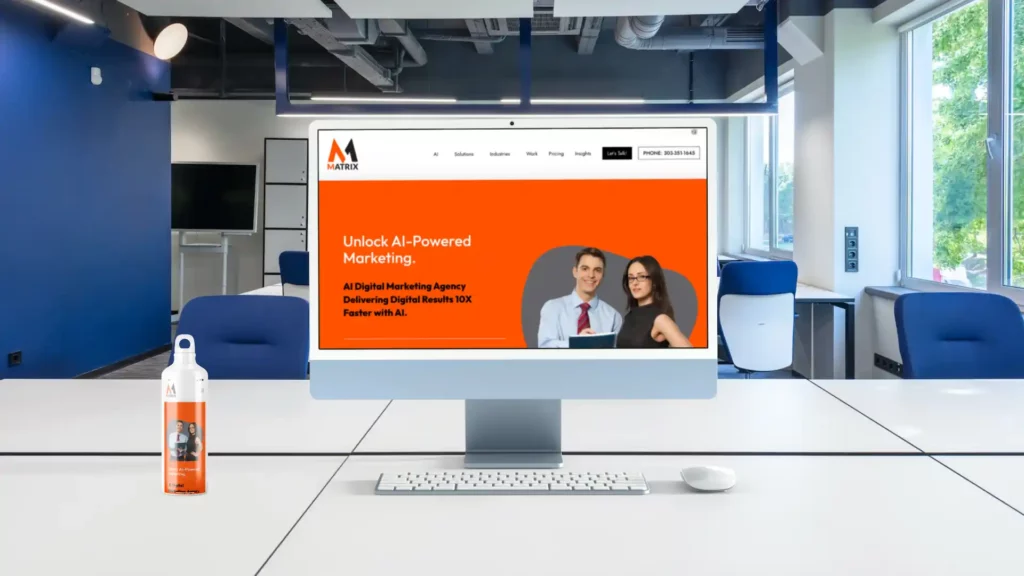
Artificial intelligence (AI) has transformed how businesses operate in the modern world. One of its most significant applications is audience targeting, helping firms to identify their customers’ preferences and interests.
Several companies have implemented AI-driven audience targeting and reaped remarkable benefits.
Netflix uses an intricate algorithm to recommend movies and shows.
- Amazon’s AI accurately predicts customers’ buying habits.
- Shopify uses AI to personalize its eCommerce platform.
- Facebook uses facial recognition technology to identify individuals in images.
- Matrix Marketing Group offers AI-driven digital marketing services and campaigns.
These success stories demonstrate the enormous potential of AI-driven audience targeting and how it can help businesses deliver better customer experiences.
Tips On How To Get Started With AI-Driven Audience Targeting

AI-driven audience targeting is a crucial aspect of modern-day marketing. But with so much data and technology involved, knowing where to start cannot be very comforting. Luckily, there are a few key tips to remember that can help ease you into the world of audience targeting.
First, start by defining your target audience and identifying their platforms. From there, explore different AI tools and platforms that can help you collect and analyze data on your audience.
Remember to constantly test and optimize your audience targeting strategies to ensure effectiveness.
By following these tips, you’ll be well on your way to using AI to reach and engage your target audience effectively.
Best practices for leveraging AI-driven audience targeting for maximum effect
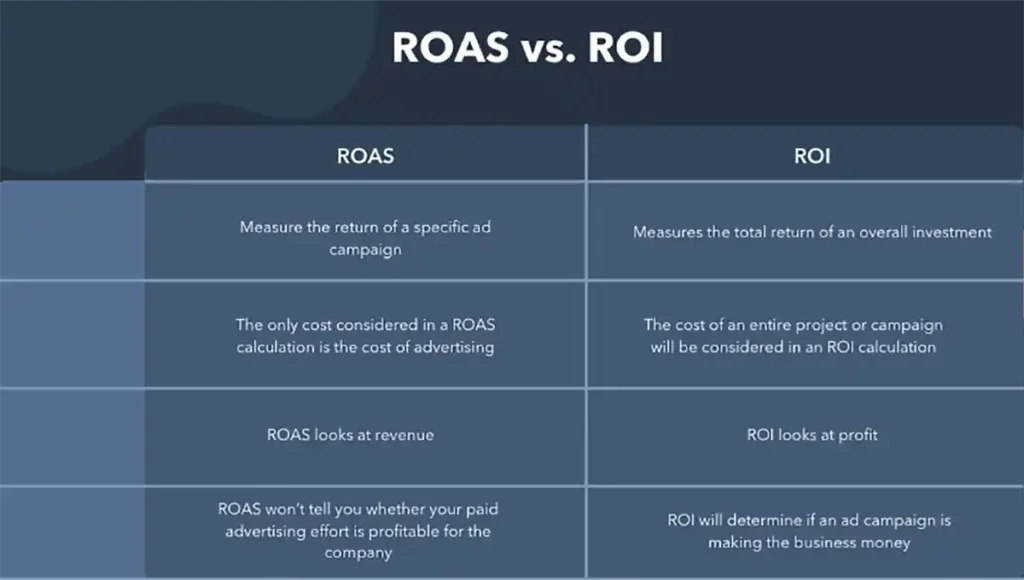
Artificial intelligence has transformed the world of audience targeting beyond recognition. It has made it possible for businesses to get a better understanding of their target audience.
Leveraging AI-driven audience targeting provides insights to create highly relevant campaigns that resonate with an audience, increasing the chances of conversions. However, to get the best results, it’s essential to follow certain best practices. Businesses should use platforms offering a clean, consistent, quality data set as a starting point.
They should also consider the importance of segmentation, personalization, and experimentation. Following these best practices will collectively help businesses drive more value from their audience-targeting campaigns with the power of AI.
AI-driven audience targeting is one of the most powerful tools for modern marketers to capitalize on. By leveraging machine learning and AI, marketers can more precisely target their audience and engage with them in meaningful ways.
The cost-efficiency gains from this targeting technology mean a small marketing budget can go a long way. Companies ranging from health & beauty to hospitality have succeeded in using this technology, showcasing the versatility and power of AI-driven audience targeting.
To start your journey, the key is to identify your customer profile: consider their interests, demographics, and psychographics that help you create powerful social personas that accurately reflect your desired audience segment.
From there, you can refine your marketing strategies for maximum effectiveness – so don’t wait another day! Get creative about who you want to engage with and craft a better experience for future customers with AI-driven Audience Targeting.

What Are The Key Concepts In AI-Driven Audience Targeting
There are several key concepts in AI-driven audience targeting that are essential for understanding and implementing effective strategies:
- Machine learning algorithms are the core of AI-driven targeting, enabling computers to learn from data and make predictions or decisions. The three main types of machine learning algorithms used in audience targeting are
- Supervised learning: Algorithms learn to make predictions based on labeled input-output pairs in the training data. Common supervised learning techniques include linear regression, logistic regression, and support vector machines.
- Unsupervised learning: Algorithms learn to identify patterns or structures in the data without labeled outputs. Clustering (e.g., K-means, hierarchical clustering) and dimensionality reduction techniques (e.g., principal component analysis) are common unsupervised learning methods used for audience segmentation.
- Reinforcement learning: Algorithms learn by interacting with an environment, receiving feedback as rewards or penalties, and adjusting their actions accordingly. This approach is used in real-time bidding and campaign optimization.
- Natural language processing (NLP): NLP techniques enable computers to understand, interpret, and generate human language, making it possible to analyze text-based data like social media posts, product reviews, or customer inquiries. Sentiment analysis, topic modeling, and text classification are some NLP techniques used in audience targeting.
- Predictive analytics: This concept refers to using statistical techniques, machine learning, and data mining to predict future outcomes based on historical data. Predictive analytics helps marketers anticipate customer behaviors, preferences, and needs, enabling more effective targeting and personalization.
- Big data: AI-driven audience targeting analyze large and complex datasets to uncover insights, patterns, and trends. Big data technologies, like Hadoop and Spark, enable the processing, storing, and analyzing of vast amounts of structured and unstructured data from various sources.
Understanding these key concepts is crucial for leveraging AI-driven audience targeting effectively and maximizing its benefits for marketing and advertising efforts.
What are the Data Sources for AI-driven Audience Targeting
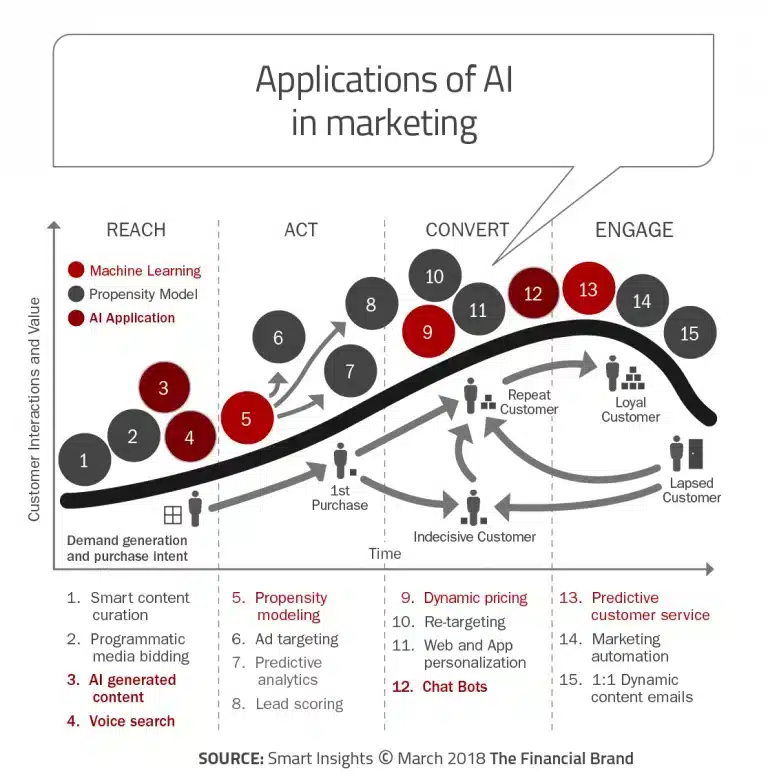
Various data sources are used for AI-driven audience targeting, providing rich and diverse information to help identify, segment and engage with potential customers.
These data sources can be broadly categorized into the following:
- Demographic data: This includes information about consumers’ age, gender, income, education, and other similar characteristics. Demographic data is often obtained from customer profiles, sign-up forms, or third-party data providers.
- Behavioral data: This captures information about consumers’ online activities, including browsing history, search queries, purchase history, and interactions with digital content. Behavioral data can be collected through cookies, tracking pixels, or first-party data from owned websites and apps.
- Online browsing behavior: Websites visited, pages viewed, time spent on pages, clicks, and other user actions.
- Purchase history: Records of past purchases, items viewed, and shopping cart abandonment.
- Social media activity: Likes, shares, comments, and follows on various social media platforms.
- Geographic data: This involves information about consumers’ location, such as country, region, city, or postal code. Geographic data can be obtained from IP addresses, GPS coordinates, or self-reported user data.
- Psychographic data: This refers to data about consumers’ values, attitudes, interests, lifestyles, and personality traits. Psychographic data can be collected through surveys, social media activity analysis, or third-party data providers.
- Third-party data sources: Besides the data collected directly from consumers, marketers can also access data from external sources, such as data brokers, credit bureaus, or other businesses that aggregate and sell consumer information. Third-party data can provide additional insights into consumer demographics, interests, and behaviors that might not be available from first-party data.
By combining data from these various sources, AI-driven audience targeting can create comprehensive profiles of potential customers, enabling more accurate segmentation, personalized messaging, and better overall campaign performance.
You might be able to find a target audience generator free that may or may not employ technology like market target using AI technology. In a simple, non-omnichannel environment, use a paper or whiteboard.
Matrix Marketing Group is here for you.
General FAQs
What is AI-driven audience targeting?

AI-driven audience targeting uses artificial intelligence (AI) to identify and engage with a target audience. This technology involves collecting and analyzing data about potential customers, such as their interests, demographics, and psychographics, to create customized campaigns and experiences that resonate with them. This helps businesses to reach the right people more effectively, increasing the chances of conversions.
What are some tips for getting started with AI-driven audience targeting?

To get started with AI-driven audience targeting, defining your target audience and identifying their platforms is important. From there, explore different AI tools and platforms that can help you collect and analyze data on your audience.
What are the benefits of using AI-driven audience targeting?

Leveraging AI-driven audience targeting gives businesses valuable insights to create highly relevant campaigns that resonate with their target audience. This can lead to increased conversions and a higher return on investment.
Why is your target audience important?

Target audiences are important because they are the people marketers must reach with their campaigns to succeed. Knowing who they are and what they want allows businesses to create tailored messages that resonate with them and increase conversions.

